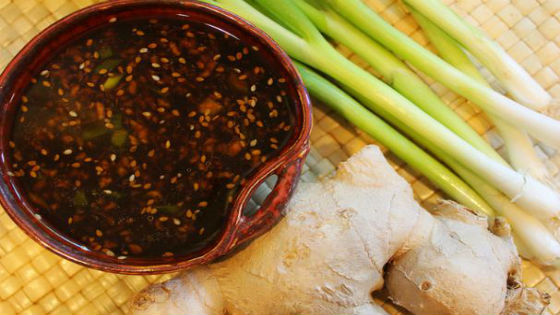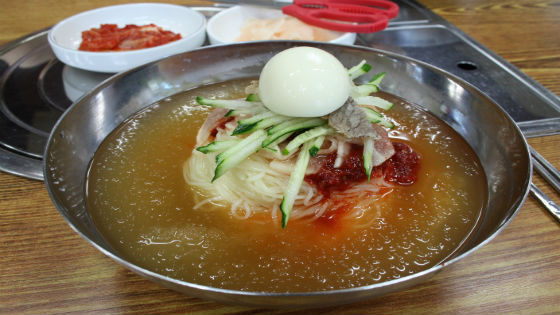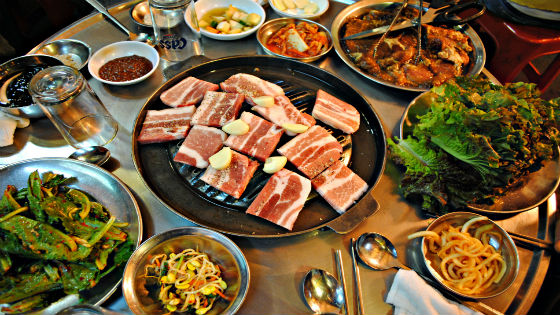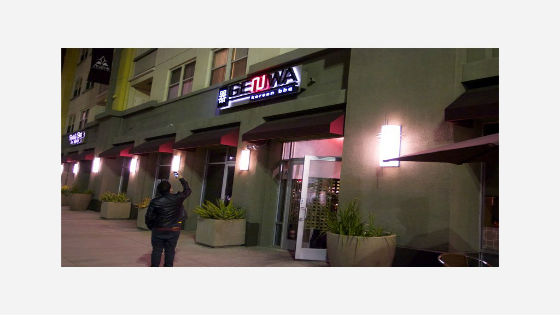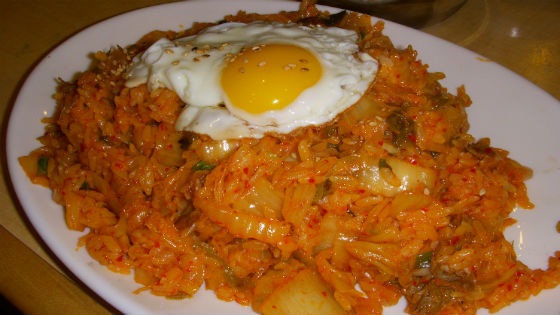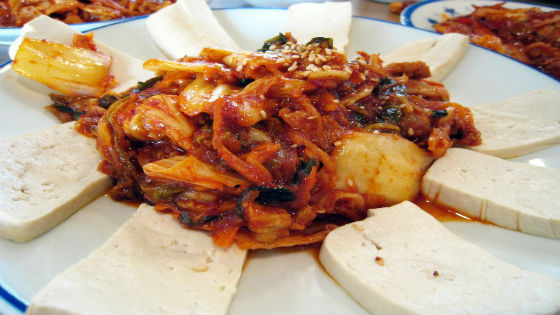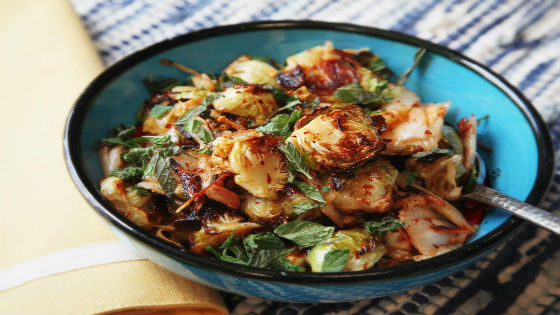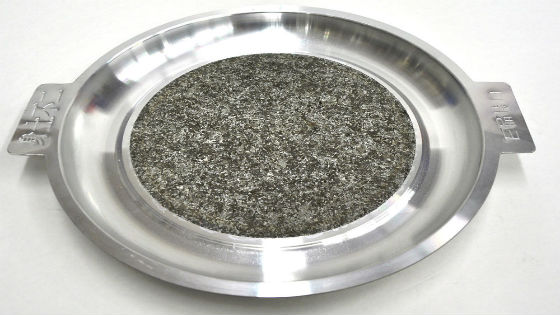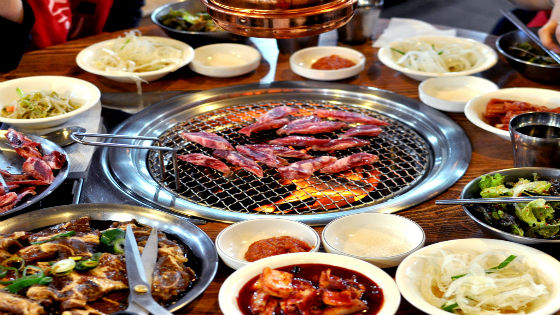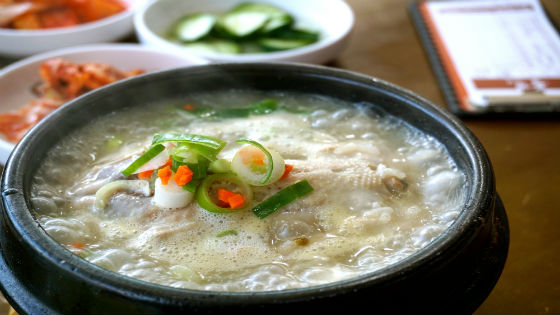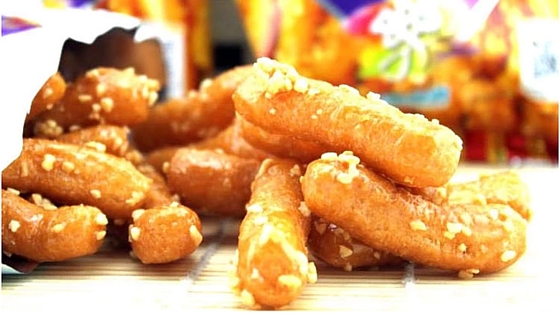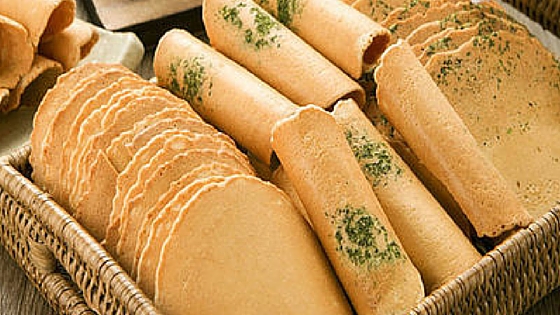5 Things You Probably Didn’t Know About Korean BBQ
You may have heard or read a lot about Korean BBQ already, or perhaps you’ve already spent some of your most memorable lunches and dinners in a Korean BBQ restaurant. However, there might still be a few things that you do not know about Korean BBQ. Not convinced? Well, allow us to dish out 5 facts that might just make you fall in love with Korean BBQ goodness even more:
1. Let’s have Gogigui!
Koreans call Korean BBQ as gogigui, which when translated to English means “roasting meat”. So impress your Korean loved ones and friends next time when you invite them to a Korean BBQ feast at your house next time. You now have a brand new term for Korean BBQ to use!
2. Korean BBQ is all about balance
One of the best characteristics of Korean BBQ is the way it emphasizes balance. A typical Korean BBQ meal set, for example, might appear heavy on meat, but then you will eventually notice the vegetable banchans that are served on the side. Another example is that in traditional Korean cuisine, pork is considered as a “cold” food even though it is hot when you eat it. To balance out the taste, people then add some “hot” ingredients like chilli or even chives to spice up the flavour.
3. The amount of banchans served reflects status symbol
Korean BBQ meals are not complete without banchans, those delectable side dishes that range from brussels sprouts to tofu. According to a lot of Korean foodies, the number of banchans served in a typical meal emphasizes the status symbol shared among the meal partakers. If you will get an experience in a lifetime and have a Korean BBQ meal with an ambassador or dignitary, then expect more than 20 banchans to be served on your table. There are some reports that say that a Korean meal with a king would entail at least 100 banchans. Imagine seeing that many side dishes? A Korean BBQ lunch or dinner with your boss or with the parents of your future spouse or wife would usually require more than five.
4. Rice paper wraps are in!
Of course we are well too familiar with shiso and lettuce leaves as the ones we use as wraps whenever we eat our delicious serving of samgyeopsal. However, there’s an emerging trend lately where Korean BBQ diners use rice paper as their preferred wrap for their Korean BBQ meat. If you want to try something new with the way you eat your Korean BBQ, then give rice paper wraps a try and see how it will suit you!
5. Vegetarian Korean BBQ
So you do not eat meat? Don’t fret because vegetarians like you can still enjoy the awesomeness of Korean BBQ without having the need to down those pieces of grilled pork and beef. How does grilled eggplants, squash, potatoes, peppers and other types of vegetables sound to you? Fresh vegetables are also often served as side dishes in a typical Korean BBQ meal so being a vegetarian should not stop you from enjoying the communal joy and satisfaction that a Korean BBQ experience delivers.
Do you have other uncommon Korean BBQ facts that you wish us to know? Spill them all below. As always, Korean BBQ Online is here to address all of your Korean BBQ needs. Give us call or shoot us an email today so we can help you achieve the best Korean BBQ experience ever.













